
Queen Thyra isn’t just a name in dusty textbooks—she’s a Viking queen whose legacy still quite literally stands tall. Stones carved in her honor dot the Danish landscape, quietly defying time. Curious how a woman in the Viking Age became a national symbol? These ancient rocks have stories to tell.
The Queen Known As Thyra
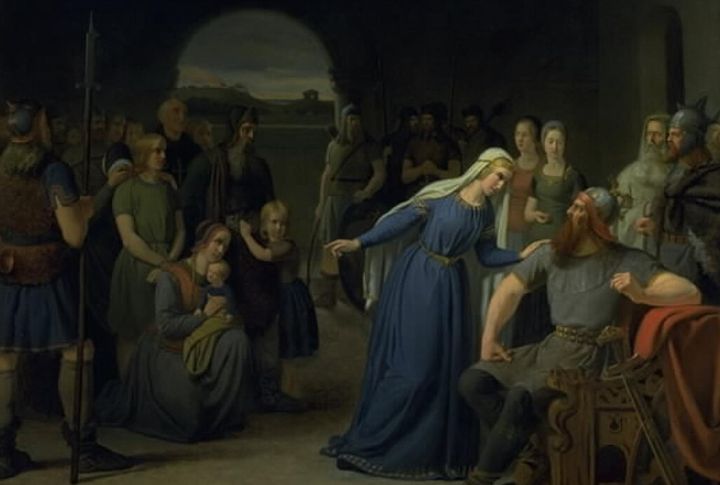
Centuries ago, a woman’s name was carved into more than one Viking Age rune stone. Thyra’s presence on the famed Jelling stones marks her as a figure of immense standing. Historians believe her influence extended beyond the court, even subtly aiding in the unification of Denmark.
The Jelling Stones

The Jelling Stones stand not only as memorials to Queen Thyra but also as bold political declarations. King Gorm called her Denmark’s pride; Harald Bluetooth claimed to have united the kingdom and brought Christianity. In fact, their preservation as a UNESCO site reflects their monumental historical weight.
The Harald Bluetooth Connection

Harald Bluetooth, remembered for uniting Denmark and parts of Norway, carried his mother’s name into his inscriptions. His rule brought Christianity to his realm, reshaping its cultural fabric. Today, his legacy is echoed in modern technology, yet in the runes, it’s clear that Thyra was central to his story.
Title Of “Denmark’s Salvation”

Some rune stones call Thyra “Danmarkar bot,” a term meaning both “salvation” and “remedy.” Such a title for a woman in the Viking Age was extraordinary. It speaks to wisdom and leadership, perhaps tied to fortifications and defense. This honor also hints at a queen who was a shield for her kingdom.
Rune Stone Evidence Of Leadership
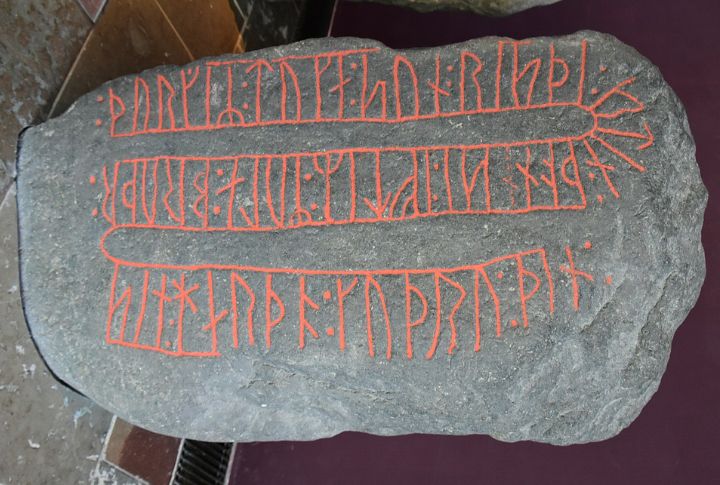
The stones themselves attest to her authority. Few women’s names appear in Viking memorials, and none as often as Thyra’s. Her repeated mentions point to governance, influence, and political weight. These inscriptions even make her one of the most visible individuals in the runic record of Denmark’s past.
The Mystery Of Multiple Rune Mentions
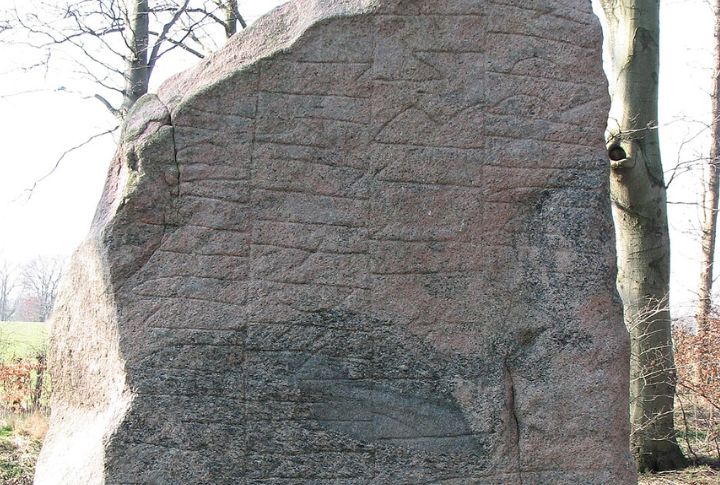
Runestones in Denmark and surrounding Viking regions often bear the name “Thyra.” But were they all referring to the same queen, or was it a popular name used to honor multiple women? The repetition across monuments hints at either a powerful individual whose memory endured—or a mythic name reused to convey royal virtue.
Connection To Viking Fortifications
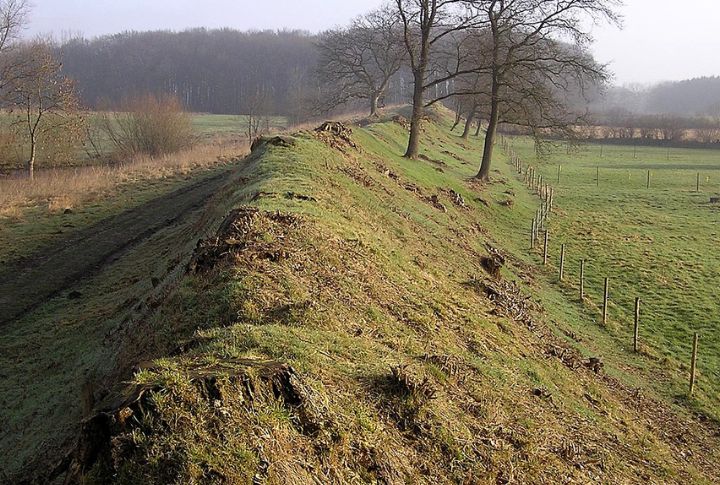
The Danevirke (a massive defensive wall) has long been linked to Thyra by chroniclers like Saxo Grammaticus. Such a project protected Denmark from southern threats and ranks among Europe’s largest ancient fortifications. If she oversaw its construction, her role in safeguarding her realm was both strategic and monumental.
Archaeological Finds At Jelling
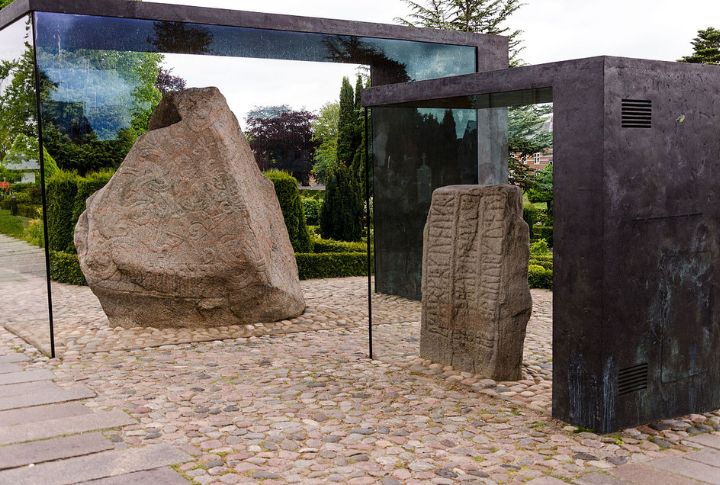
Excavations in Jelling reveal burial mounds that speak of a royal lineage. Rich grave goods point to power and wealth, while the site itself shows centuries of occupation. Though not all finds can be tied directly to Thyra, they trace the world in which she lived and ruled.
Linguistic Clues In Runes
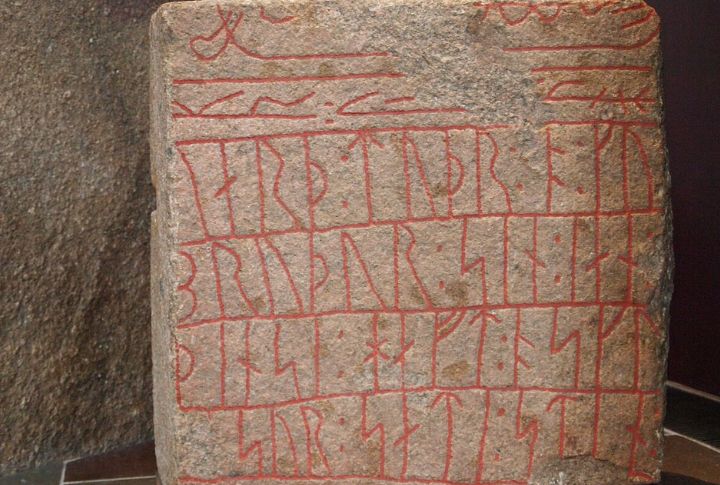
The language of the inscriptions is telling. Poetic phrasing and the use of “bot” signal noble status and unity. Such carefully chosen words memorialized and defined how society viewed leadership and the role of a queen in the Viking hierarchy.
Influence On Modern Danish Identity
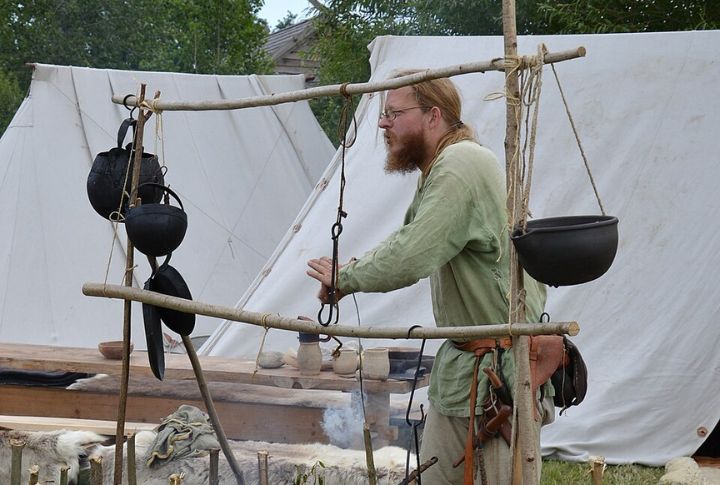
Thyra’s legacy has not faded. Her story is taught in schools, and the Jelling monuments appear on currency. Festivals still celebrate the Viking past she shaped. Historians now see her as an early emblem of female leadership, her life bridging the gap between legend and national identity.

